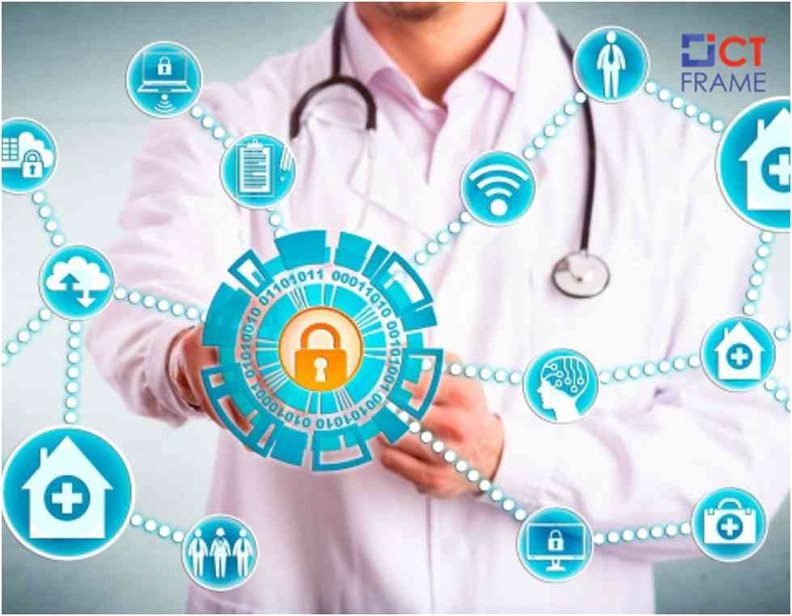Cyberthreats Growing Like The Stealthiest Cancer In Health Sector
28th May 2021, Kathmandu
Know-how of the latest cyber threats in the health care sector is getting deeper, and be equipped with necessary cybersecurity measures to protect your people, data, and assets.
Cyberthreats in the Health sector have increased drastically along with complex cyberattacks. Public health takes a major role in determining the quality of life. Public health and health care are inseparable two aspects as seen during this pandemic. Chronic cyberthreats bother the health care industry. The entire ecosystem and value chain has moved to a highly inter-connected model from clinicians to pharmaceutical companies.
Health organizations, either small or large, face cyber threats. Smaller health providers are the major victims of these attacks. Large health organizations tend to have enough resources to defend their system. They can easily hire a chief information security officer, staff a security operations center, and subscribe to the best threat intel services. These attacks affect the health and safety of the patients.
Three main reasons why Healthcare organizations are attractive targets for cybercriminals:
- Cybercriminals for insurance fraud purposes can quickly sell patient medical and billing information on the darknet.
- Lucrative ransom payments likely because ransomware can lock down patient care, and back-office systems make
- Tampering is easy on Internet-connected Devices.
Health care followed straight forward path that is a provider to the patient before the digital transformation “Industry 4.0”. Interconnected or IoT-based devices are responsible for monitoring, detecting, controlling, and responding after digitization. The health sector seems to welcome the modern digital era. Because of this digital era, cyber threats are also continuously growing in both sophistication and volume. For health care C-suite leaders and their organizations, the chief priority is maintaining cybersecurity and privacy measures.
India, the U.S., the U.K., Australia, China, and Russia’s continuous race for manufacturing and exporting COVID-19 vaccines have increased the risk for cyber threats. The pharmaceutical sector has become the other arm of the health sector. Cybercriminals are closely observing these state-sponsored activities.
Addressing the bigger issue, Cyberthreats to the health care and pharmaceutical organizations are very much real. Regulations against these threats may help in recognition of these issues before it becomes attacks. Cybersecurity efforts and business initiatives along with equal weightage on people, processes, and technology help to fight the threats.
The entire health care relies upon these digital tools after this pandemic, and if attacks hit it, the whole infrastructure will collapse. Before taking any further action, the risks need to be encountered.
Cyber-attacks disrupt health care personnel’s ability to provide life-changing and life-saving capabilities. A deeper understanding of the latest health-related cyberthreats and equipment is required in order to protect their people, data, and assets.
Top cybersecurity challenges for the healthcare industry
- On the darknet, Patient information is valuable
- Lack of adequate security controls in medical devices
- Ability to access medical data remotely for Medical professionals
- Insufficient cyber risk training
- Use of Outdated technology
The health care sector also faces the cyberthreats equally like other sectors. Many significant cybersecurity challenges are unique to the health sector. The best and brightest in computer science, medical science, and business can work together to address these threats and find innovative solutions.








